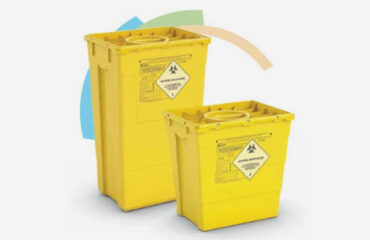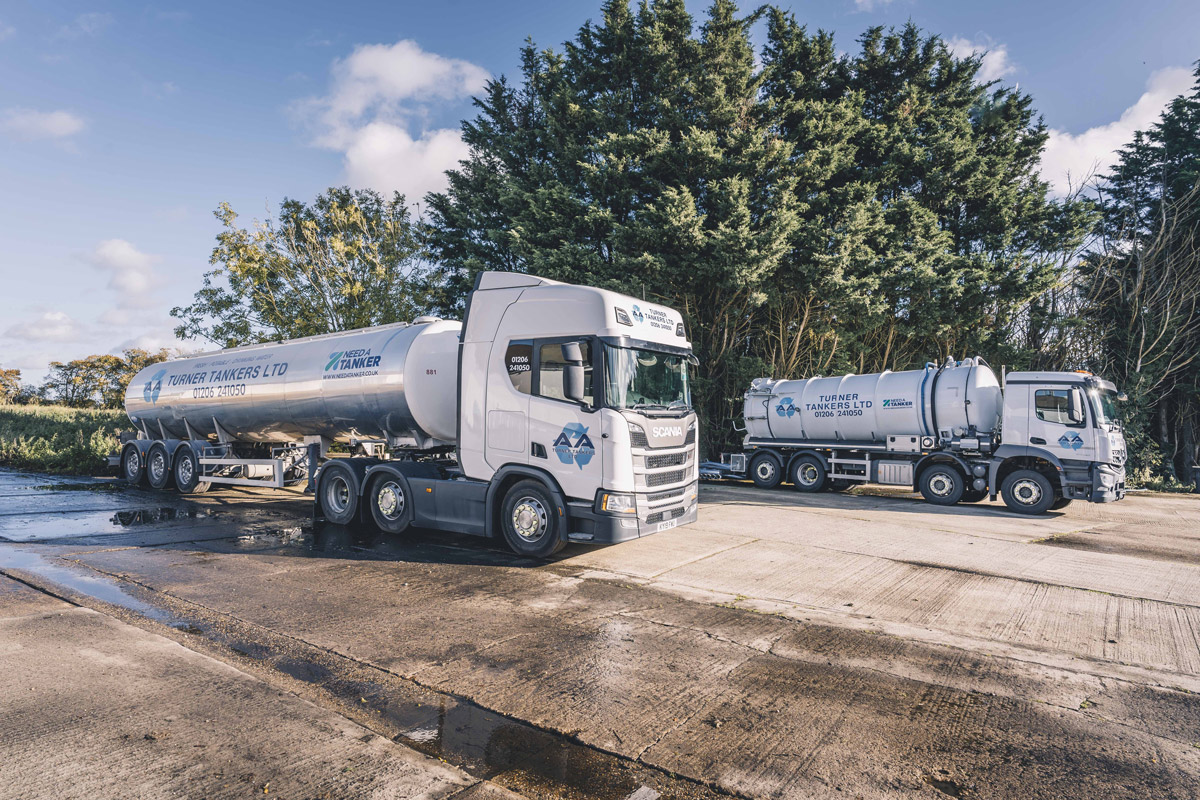Reclaim Waste for Dummies
Reclaim Waste for Dummies
Blog Article
Reclaim Waste Fundamentals Explained
Table of ContentsThe Of Reclaim WasteExamine This Report about Reclaim WasteIndicators on Reclaim Waste You Should KnowThings about Reclaim WasteThe smart Trick of Reclaim Waste That Nobody is Talking About
Discover the types, events, and types of liquid waste. Domestic sewage waste refers to the waste and items from a residential septic system. This type of waste is produced by humans in homes, colleges, and other structures. This only consists of sewage-disposal tanks that have a drainpipe area. The appropriate monitoring and disposal of domestic sewage waste need liquid waste to be moved to a sewer treatment plant where the appropriate approaches and equipment are related to purify and get rid of waste.
Commercial waste frequently consists of prospective threats, such as combustible materials or a combination of liquid and strong waste items, and needs a more advanced and in-depth disposal procedure. The disposal of industrial waste generally entails the filtering of waste before transportation to make certain secure and appropriate disposal. Hazardous waste is created from by-products and runoff of commercial procedures and manufacturing.
This type of waste can not use the very same sewer management transport or processes as septic or industrial liquids. The hazardous waste administration procedure requires the inspection and screening of liquid waste prior to it undergoes the disposal process (liquid waste disposal). Drainage waste is the fluid waste that originates from drainage and excess stormwater in extremely populated locations or cities
Drainage waste can create contamination and flooding otherwise taken care of properly. Find out more about drain cleansing and waste monitoring. Ensuring appropriate waste administration can protect against catastrophes and decrease ecological damage. Both people in property setups and specialists in business or manufacturing markets can gain from comprehending the processes and guidelines of liquid waste monitoring.
9 Simple Techniques For Reclaim Waste
Call PROS Providers today to discover our waste administration and disposal services and the proper ways to take care of the liquid waste you generate.
(http://www.askmap.net/location/7161699/australia/reclaim-waste)This so-called 'wastewater' is not just an essential source but, after treatment, will be released to our land, waterways or the ocean. Used water from bathrooms, showers, baths, kitchen sinks, washings and commercial processes is recognized as wastewater.

water used to cool down equipment or clean plant and equipment). Stormwater, a kind of wastewater, is overflow that streams from agricultural and metropolitan areas such as roofing systems, parks, gardens, roads, paths and rain gutters right into stormwater drains, after rainfall. Stormwater streams untreated directly to neighborhood creeks or rivers, at some point getting to the sea.
Unknown Facts About Reclaim Waste
In Queensland, most wastewater is dealt with at sewer treatment plants. Wastewater is transported from domestic or industrial websites with a system of sewers and pump terminals, known as sewerage reticulation, to a sewage treatment plant. City governments construct, maintain and operate most sewer therapy plants. Operators are accredited under the Environmental Management Act 1994 to discharge cured wastewater at an appropriate environmental criterion into waterways.
The Division of Natural Resources encourages local governments concerning handling, operating and keeping sewerage systems and therapy plants. In unsewered areas, city governments may need owners to set up specific or family sewage therapy systems to deal with residential wastewater from commodes, kitchens, read the article restrooms and laundries. The Division of Natural Resources authorizes the use of house systems when they are verified to be efficient.
In some brand-new class, treatment of some stormwater to eliminate clutter, sand and gravel has started utilizing gross contaminant catches. Wastewater therapy takes place in four phases: Removes solid matter.
Makes use of little living microorganisms understands as micro-organisms to break down and remove continuing to be liquified wastes and fine bits. Micro-organisms and wastes are incorporated in the sludge.
The Definitive Guide for Reclaim Waste
Nutrient elimination is not offered at all sewage therapy plants since it calls for costly specialist devices. Clear liquid effluent produced after therapy might still contain disease-causing micro-organisms - liquid waste removal melbourne.

Most wastewater moves into the sewage system. Under the Act, local federal governments carry out approvals and permits for environmentally pertinent activities (Ages) involving wastewater releases that could have a regional influence.
A Biased View of Reclaim Waste
Surveillance gives valid details concerning water quality and can confirm that permit problems are being fulfilled. The details gotten via surveillance gives the basis for making water top quality choices.
Report this page